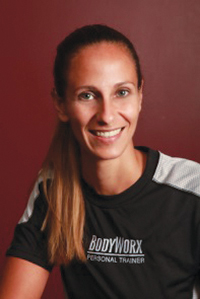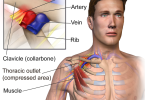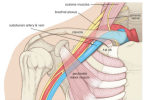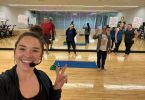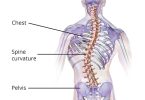Multi-sports is a hot topic these days. In terms of specializing in a sport, there are some major concerns for coaches. Correlating practice times, commitment and injuries all creep up into the conversation between parents and coaches. And having my own kids in sports and being a coach for competitive volleyball – both beach and court, I completely understand.
I see many youth athletes who are at an age where multi-sports is an advantage. Physically speaking, bodies are not meant for repetitive movements. Challenging the body to move in different ways, with a variety of stresses, makes for a strong and injury-free athlete. Soccer players who also play volleyball, for example, are some of the strongest, fittest and well-rounded athletes that I’ve personally seen. The same goes for gymnasts who delve into another ‘ball’ sport.
Finding a good trainer who can understand how to create BALANCE and SUPPORT is key. I tend to focus on the injury prevention exercises which adhere to the sport where the most stresses on the body occur. For soccer players, knees are key, while shoulders are key for volleyball players. And ALL athletes require special attention to ACL and ankles.
Challenging our youth through various sports can not only alleviate sport-specific injuries, but more importantly, make them stronger, faster and more agile for whatever sport they eventually choose to dedicate themselves to. Sports have been moving into the mindset of ‘more touches,’ ‘more reps,’ and choosing which sport (one sport) to compete in at a young age. But allowing our youth to delve into many activities will produce a long-term athlete that will play at a higher level.
From a fitness point of view, younger athletes (between ages 6 to 13) develop their strengths though multiple activities. Be it playground activities, recreational teams, or simply a trampoline in the backyard, kids benefit from using different muscle groups in a variety of patterns. Once they reach 13 or so, it may be time to think about specializing to be competitive in a specific sport. But that being said, it’s still imperative that these young athletes get the proper conditioning that both mimics the activity but also challenges the complete opposite muscles. After all, well-rounded bodies prevent injuries.
BodyWork Training
Tania Admans, Owner/Personal Trainer/Conditioning Coach
www.bodyworxtraining.com
519-858-BODY
142 Fullarton Street
London, ON
Submitted by BodyWorx

